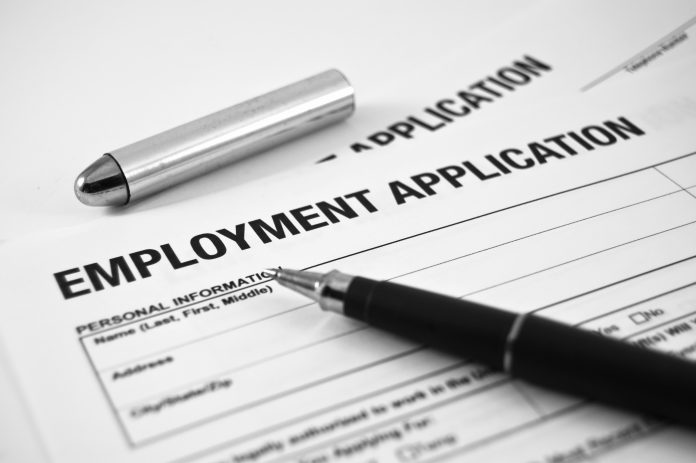If you have employees, then you are eventually going to be asked to provide an employment verification letter. This is generally an informational letter that is concise and contains only basic information. It is important to remember that an employment verification letter is not a recommendation letter. Its purpose is simply to confirm a person’s employment.
Why Do People Need An Employment Verification Letter?
Potential landlords, loan officers and law enforcement officials are some of the people who require employment verification letters. These letters can also be used in insurance claims to confirm that an individual making a claim worked for the company in question and was covered by its insurance.
The Rules And Guidelines Of Employment Verification Letters
Many organizations that request employment verification letters have certain information that they need to see. That list is taken into account by a human resources professional, but most companies have policies on what information they will release to entities outside of the company. In some cases, the employee requesting the letter can sign a waiver allowing their information to be released. But there are some companies that are very strict on what type of information they will include in an employment verification letter.
The process starts with the employee submitting a request for an employment verification letter to human resources. When the letter is completed, it is usually given to the employee’s manager to be distributed to the employee. In this way, the company can confirm that it did generate the letter and the letter was received by the employee.
The Format For A Verification Letter
The format for a verification letter is the same as any other business correspondence. It has the recipient’s address at the top along with the date of the letter, the salutation, the letter body and then the closing. Most verification letters are two paragraphs with the first paragraph containing the pertinent information, and the second paragraph suggesting that the recipient can contact the person who created the letter for more information.
The body of the letter normally contains:
- The name of the company
- The name of the employee
- The dates the employee worked for the company
- The employee’s title
Tips For Writing A Good Employment Verification Letter
Be sure to include all of the information the requesting party is asking for, as long as company policy allows. Keep the letter brief and only state the pertinent information. A long history about the employee and extra information is not only unnecessary, but it could be a violation of company policy.
When you complete your letter, get it proofread by someone who is allowed to see drafts of employment verification letters. Be sure to check all of your information to make sure it is accurate, and include your phone number as a contact option for the recipient.
An employment verification letter is an important document that could help a current or former employee to finalize a delicate situation. Be sure the letter you write is accurate, and try to get the letter done as quickly as possible.



